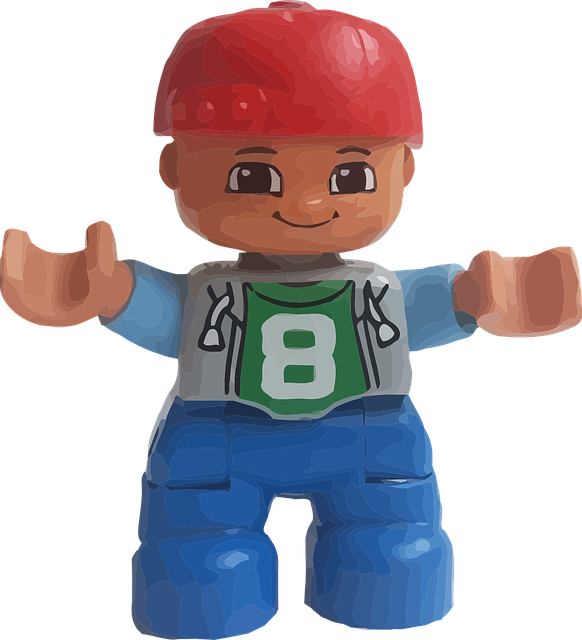Engaging in play based tasks with toddlers and young children is a great way to target language. Language targets can be “disguised” into play, making it fun for both adults and kids to work on their skills. Sometimes when we place demands on children during structured tasks they might back off and elope from the activity. Here are a few activities/games/toys that I have used to work on receptive, expressive, and pragmatic language skills during play.
- Cars/Car Ramp:
- Think of some key words/concepts that go along with this activity (i.e. “go” “stop” ), environmental sounds (i.e. “beep beep” “weee ohhh”), size concepts (“big” “small”), locative concepts (up/down, in/on top/under), quality concepts (colors), quantity concepts (1, 2, 3) to incorporate throughout play. Additionally, think about how you and the child will have to take turns going down the ramp and playing with the cars. Model the language paired with actions and engage in parallel talk at the beginning of this activity. Bombard the child with the concepts you would like him/her to work on. Following this, encourage the child to request objects/actions (cause) prior to receiving the effect. Have the child follow 1-2 step directions involving concepts listed above (i.e. “put orange car on” or “put two cars on”).
- Playing Catch
- As mentioned in the previous example, think of some concepts your child has been working on. This simple game can work on turn taking, requesting, commenting, protesting, core language, increasing utterance length, etc. These are only a few of the skills that can be disguised within playing catch. Let’s pretend the child is working on increasing his/her utterance length. The child is currently using 1-2 word utterances and their goal is to increase to about 3-4 word utterances. For example, you have the ball and the child expressed that they want the ball back by stating “want ball” and gesturing to themselves. You can expand their utterance by repeating back “I want ball”, prompting them to imitate utterance. Praise for trails and effort, continue to push to add 1-2 more words into their initial utterance. Another way to expand the child’s utterance is to give the child a choice between two different balls (varying size/color). If the child points to the ball they want stating “that ball” you can follow up with “which one? Do you want the big ball or little ball” Child: “little ball” Then model “I want little ball” for child to imitate. Engage in back/forth throwing with the ball chosen and then present them with both balls again and see if they can independently request.
- Imaginative Play (Doctor, Teacher, Server, etc).
- I enjoy working on receptive language skills during imaginative play activities. Additionally, it is a way for a child to get familiar with common routines experienced (i.e. going to the doctor, going out to eat, going to school). It is also a great way to identify and expand vocabulary. Playing Doctor is my favorite because it allows children to learn different names of parts of the body. Either the adult or the child can be the doctor in this situation. I have learned that children like to be the doctor depending on their age. This is where I will work on direction following and identification of body parts. I will begin pretending to be sick “Doctor! My ears hurt can you check my ears?” I will continue and go through different parts that I need the “Doctor” to check (ears, nose, mouth, hands, feet, knees, elbows, toes, etc). Throughout this activity I will give random directions “Doctor I don’t know if I can hear… can you stomp your feet?” “Doctor can you put this on top of the table” “Doctor can you open the door for me” etc. These skills can also be carried over into activities involving a server/customer and a teacher/student. Depending on the age of the child, he/she might need you to model the role of the doctor, teacher, server the first few times around prior to handing it off to them.
These are only a few examples of different play schemes/activities used to encourage language skills into play. As you can see it can be fun to get creative and think outside the box. Thinking of your child’s goals and how you can incorporate them into play will make it fun for both the child and you. It is also a great way to promote carryover as these are activities that the child can engage with their peers and in other environmental contexts.
Caroline Vance, MS, CCC-SLP
Get a Free Online Assessment
Looking for an expert opinion on your child's needs? Fill out a 3 minute questionnaire and receive a personal evaluation from our staff




